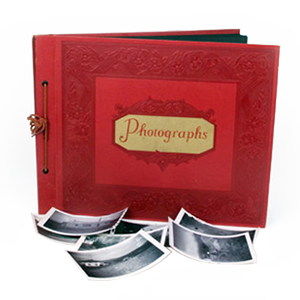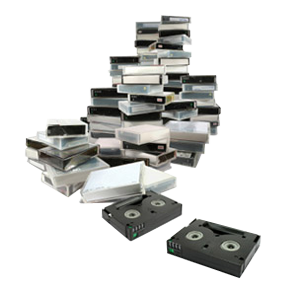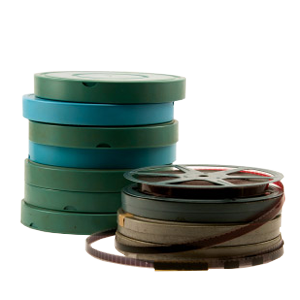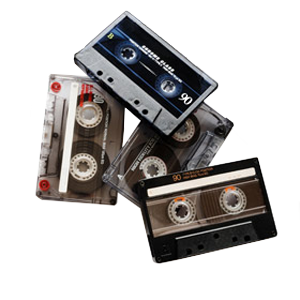By converting your cds or music collection into MP3, you’ll not only be archiving your cherished music, but keeping them in a format that is low on disk space, but maintains your music’s rich sound quality. This guide will show you how to not only convert your CDs to MP3 and WAV, but also convert your existing audio on your computer into other formats.
For these instructions, I will be using an open source audio conversion program called CDex. You can download it free here: https://cdexos.sourceforge.net/?q=download
Make sure you select the correct version for your operating system, as there are several versions to choose from.
CD Ripping Guide
Once the program is installed, you will see the main interface which is should be similar to the screen like mine below.
Now place the CD you’d like to rip into your CD-ROM drive. Once the disk is read, you’ll see a track listing appear in the window. This will list all of the tracks found on the current disc. You have the option to pull single tracks off of the disc, or to simply rip the whole disc into a folder. Before you start ripping the music, you’ll need to set the type of encoding you’d like, as well as the output directories, or where the files will end up after they’re pulled off of the disc.
To change the settings press F4 (or click on the options menu, then settings).
First, we’ll want to make sure we have the correct encoder selected. The encoder is what’s used to convert your audio to another audio type. Most people prefer MP3 audio because of the small file size and great sound quality, but this program supports many other formats such as WAV, OGG Vorbis and FLAC. For this example we’ll be converting our CD to MP3, so we want to make sure the encoder is set as “Lame MP3 Encoder”. In the box below, you’ll be able to set the bitrate, which is how high of quality the output files will be. Keep in mind, that the higher the bitrate, the larger the file sizes will be. Most people encode their music between 192kbps and 320kbps.
Under the “General” tab, click on the Directories and files line. To set the directories, click on the button next to the file tree to browse your computer for a folder. For this guide we’ll be saving to a folder on the desktop titled “cd rip”.
In this window you can also change the file name format. This can be a little tricky, but there is a great on-screen guide to help you. Simply set the variables in the order you’d like, and the songs will be labeled as such when they output.
There are much more settings to play around with if you feel like further configuring your CD ripping. You can set the encoding settings as well as tags and metadata options. Once the settings have been squared away, it’s now time to rip the disc. To extract all of the audio at once, you’ll want to select all by pressing Ctrl-A, or right click and select all. To export your disc as a WAV file press F8 or click on the “Convert” menu item and select Extract CD track(s) to WAV. To export your audio as an MP3 or other encoding, press F9 or select Extract track(s) to a compressed audio file. Once finished, the tracks will be placed in the folder you selected in the settings.
Alternatively, you can also rip and convert single tracks by right clicking on the track and performing the same steps as above.
In the next article, I’ll explain how to convert existing audio files into compressed audio formats.













Many thanks for this article, very helpful